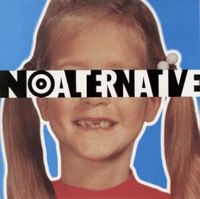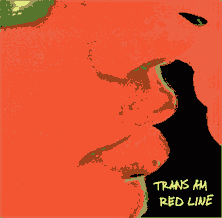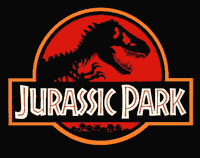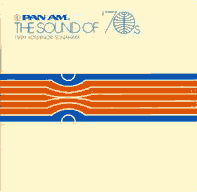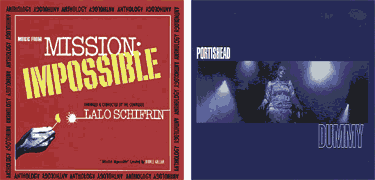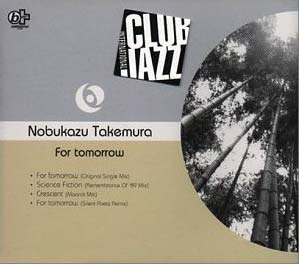In a former life, I got paid to write about music. Listening to Basement Jaxx’s Rooty today reminded me of that past career because I remember it being on near-constant rotation during that time. I even wrote a lengthy, mostly positive, review of it, which I’ve dug up for your pleasure. Notice the references to those quaint devices known as "CD players."
::
Basement Jaxx was first brought to my attention roughly a year and a half ago, almost simultaneously by two independent sources. The first was one of my best friends since middle school whose musical tastes are, for the most part, decent with the occasional doozy. The second was a Swedish hipster I knew from college who embodied the concept of musical elitism.
Both were shouting praises about the Jaxx’s debut CD, Remedy. I figured that if these two totally different people could agree on something, I might as well check it out. It turned out to be a good choice.
Basement Jaxx’s funky brand of house-pop quickly and repeatedly found its way into my CD player and it’s been smooth sailing since. This album was perfect. Then, like an only child suddenly informed that they will have a younger sibling, this second full length disc came and threatened to destroy my perfect relationship.
My relationship with two of electronica’s benchmark acts had already been tainted twice this year by interesting, though somewhat disappointing follow-ups from Air and Daft Punk.
Would this new album continue the trend? Could this new album live up to the high expectations I had placed upon it?
Astoundingly, the answers are no, and yes. While not surpassing the genius at work on Remedy Basement Jaxx’s Rooty continues to proclaim those melodic, brainy beats that I fell in love with the first time.
With Latin rhythms, house beats, pop melodies, hip-hop aesthetics, and the vocals of funk, Rooty delivers dance music for people who enjoy more than booty-shakin’, though if that’s your sole ambition, this album will suit you just fine.
In fact, I can count on two hands the number of people who did just that while I sat on the couch writing this review.
But for those who are interested, this album offers much more than bootylicous beats. True to Jaxx form, UK producers Simon Ratcliffe and Felix Buxton (with Corrina Josephs as a nominal vocalist) bring together exotic arrangements with fluid style.
Rooty’s openers are classic Basement Jaxx, tantalizing post-proto-disco constructs that are immanently danceable.
SFM (Sexy Feline Machine) takes a page from Missy Elliot, Danny Elfman, and Prince’s handbooks, while "Broken Dreams" is a baroque-chamber-house conglomeration that somehow, amazingly, forms a samba, with a single latin horn conveying a dusty somber feeling as the beats go on.
I Want You sounds as though it were the soundtrack to a hidden level of Super Nintendo’s F-Zero, but more expressive and emotional. Where’s Your Head At pulses with raw punk energy.
If you listen closely enough, there might be a distant echo of The Police in the album’s closer, All I Know.
While Remedy remains Basement Jaxx’s landmark album, Rooty makes a strong and necessary addition to their, and your, musical library. It’s the younger sibling that brings out the best in older one.
